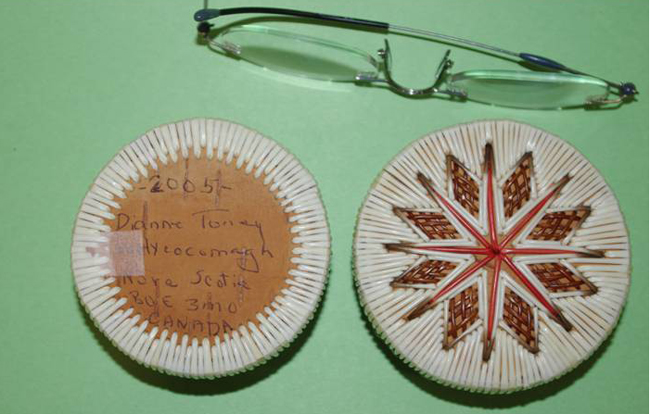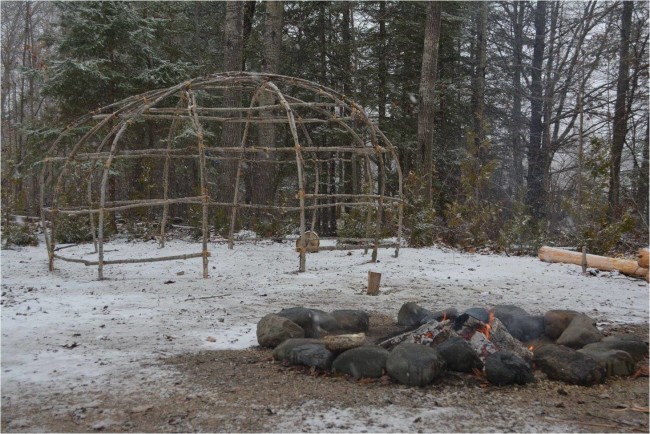Nigaan Ga-Zhaamin – We are going forward together…with Ontario

TORONTO – Janine Griffore, Assistant Deputy Ministry of Education, said at the May 4-5 Niigaan Ga-Zhaamin – We are going forward together education conference, that the Master Education Framework Agreement with the Anishinabek Nation set the foundation to strengthen the Anishinabek Education and provincially-funded system.
“We will further support collaborations between the Ministry of Education and the Anishinabek Nation,” said Griffore. “Ontario is committed to support indigenous students and make sure they have access to the best education system.”
Grand Council Chief Patrick Madahbee said that education is important for the survival of language, culture and identity.
“Oppressors kept us in poverty and uneducated all over the world,” said Madahbee. “We are now in a collaborative relationship; a community-driven process to create the Anishinabek Education System.”
Both Ontario and the Anishinabek Nation agree that the ratification of the Anishinabek Nation Education Agreement in November of this year is fundamental to the success of the Master Education Agreement with Ontario.
Kinoomaadziwin Education Body (KEB) board chair Lloyd Myke said that there are two totally different teaching styles when it comes to teaching our children. Finding the best ways and a means to develop that will be key in the Anishinabek Education System development.
Members of the KEB, school board representatives, Chiefs, and representatives from the Ministry of Education, all listens to a variety of presentations from successful models throughout the two-day conference.
Eleanor Bernard from Mi’kmaw Kina’matnewey spoke about the success of the Mi’kmaw with an increase in graduation rates, steady increase in literacy, numeracy and retention rates and the immersion program in their education system.
“We have school funding equivalency to the French school boards,” said Bernard.
Dr. Lisa Lunney Borden presented “Mathematics Learning Experiences from Indigenous Knowledges”.
“The late Dianne Toney was a Mi’kmaw elder who made quill boxes. She always made them by starting with a circle of bark for the top on which she made her pattern. She would always start at the centre of the circle to make her pattern. After that she would make the ring for the top from strips of wood. To ensure the ring was the right size, Dianne said she would measure three times across and add a thumb. She claimed this would make a perfect ring every time,” said Dr. Lunney Borden who also asks her students: “It is time for you to investigate some circles to determine if three and a thumb is a good measure for a ring to fit the circle. Why do you suppose this always worked?”
Instructions: Draw some circles of different sizes using the bullseye compass. Use the yarn to make rings by measuring three times across the circle and adding a thumb. Do your rings fit your circles? Will they always fit? Use a ruler to measure the diameter of each circle and record this in a table. Use string to measure the exact distance around your circle (the circumference) and record this as well. Create a table to show the ratio of the Circumference to the diameter. What do you notice about the ratio in column three? How does this relate to three and a thumb? If you knew that a circle had a diameter of 15cm, what would you estimate the circumference to be? Another elder from the Mi’kmaw community, after hearing the story of three and a thumb shared that when when hamper size baskets the ring is measured using three and a hand . Why might this be? Explain why this would make sense for larger circles. Search for information on line about the number pi (π). How does this relate to three and a thumb?
Kelly Crawford, VP at Kenjgewing Teg Educational Institute on Manitoulin Island, made a presentation on Culture Based Education. She used one photo that was set up by KTEI staff to say what Anishinabek curriculum looks like:

There were several break-out sessions to create the next steps and give guidance to the Anishinabek-Ontario education negotiations.
Jay Kaufman, Ontario Education Negotiator asked the group what actions are we building into the plan from the agreement.
“How do we get from here to there? April 1, 2018 is the date when the Anishinabek Education System opens its doors.”
Ratification week is November 28- December 2, 2016 www.sayyestoaes.ca


